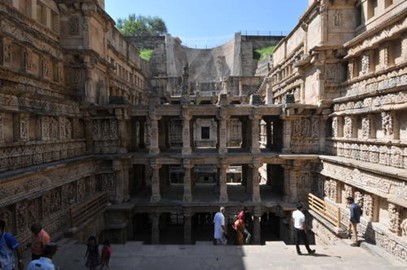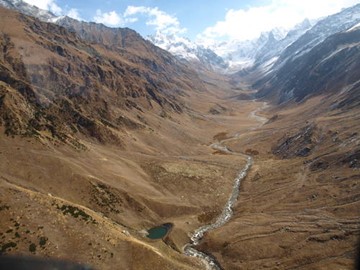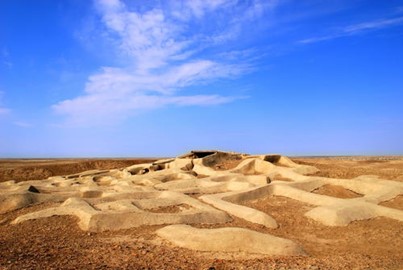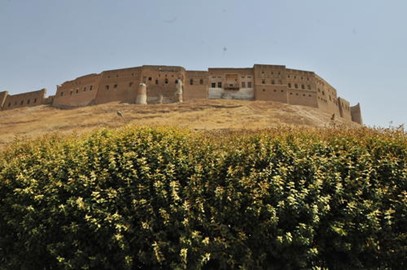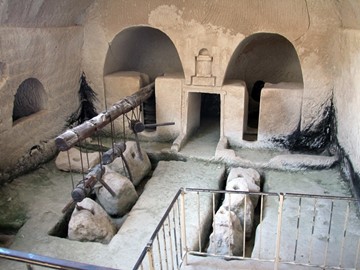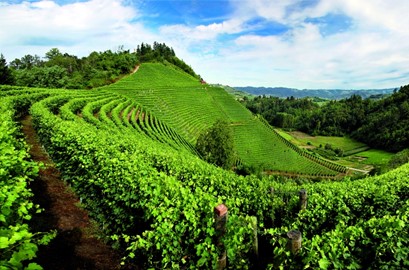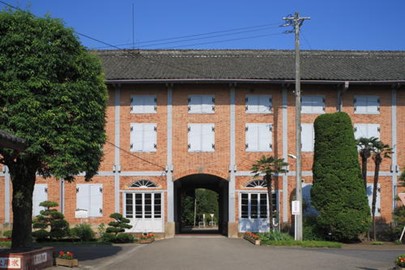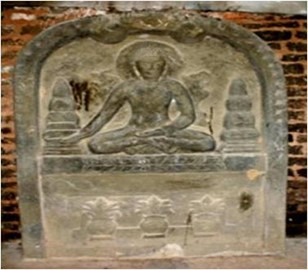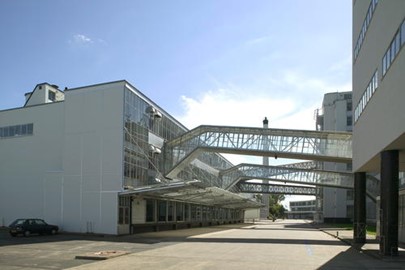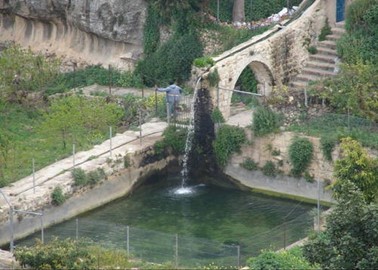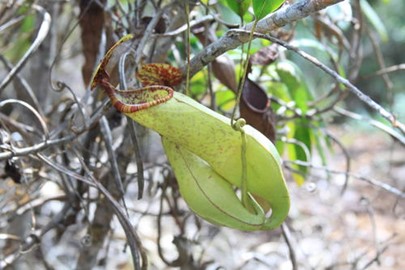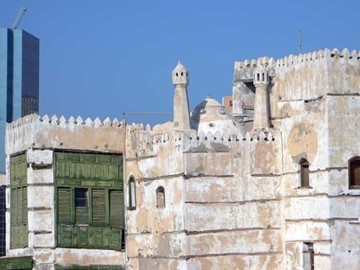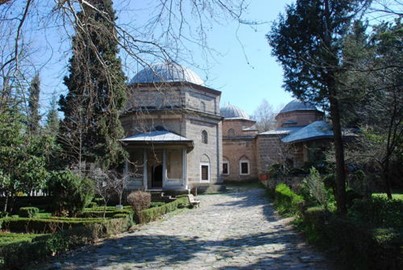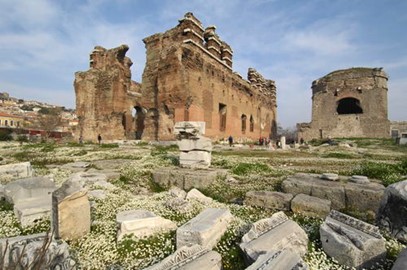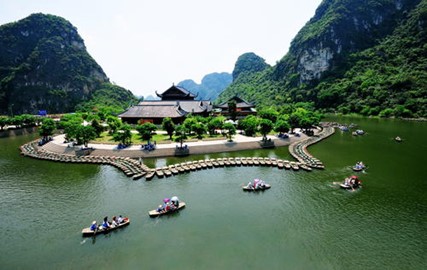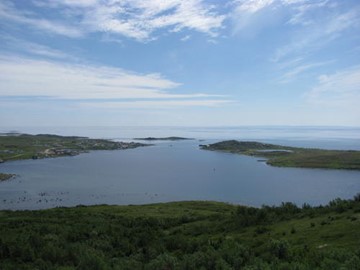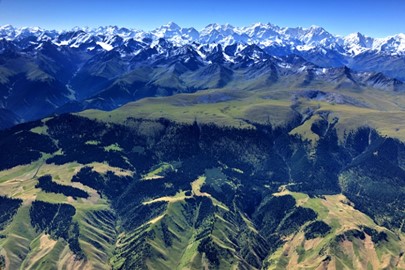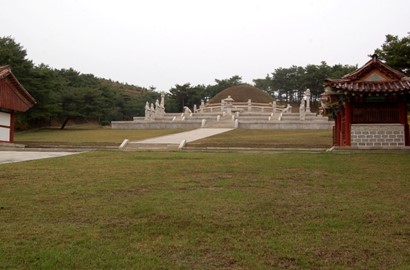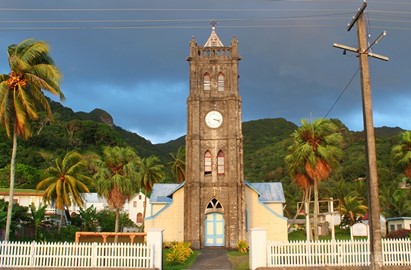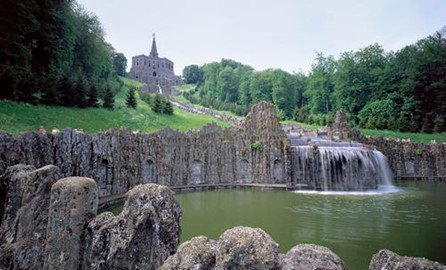search
Rani ki Vav
Rani-ki-Vav, a UNESCO World Heritage site in India, is an intricately designed stepwell built in the 11th century as a memorial to a king by his widowed queen. Renowned for its stunning architecture, it features seven levels of stairs adorned with over 500 detailed sculptures of Hindu deities and mythological scenes. Originally constructed to provide water during dry seasons, this subterranean marvel was later restored after being buried by floods for centuries. Today, it stands as a testament to ancient en... Read More
Great Himalayan
The Great Himalayan National Park, a UNESCO World Heritage site in India, is renowned for its breathtaking biodiversity and pristine natural landscapes. This protected area harbors a rich variety of flora and fauna, including rare and endangered species, thriving amidst diverse ecosystems ranging from alpine meadows to dense forests. Its recognition by UNESCO underscores its global significance for conservation and ecological research, offering a sanctuary for wildlife and a haven for nature enthusiasts.
Shahr i Sokhta
Shahr-i Sokhta, a UNESCO World Heritage site in Iran, is an ancient Bronze Age city renowned for its archaeological significance. This well-preserved desert settlement features mud-brick structures, intricate artifacts, and evidence of early urban planning, including a necropolis with diverse burial practices. It highlights advanced craftsmanship and trade networks from over 5,000 years ago, offering insights into one of the region's earliest civilizations.
Erbil Citadel
The Erbil Citadel, a UNESCO World Heritage site in Iraq, is a striking hilltop settlement with a history spanning over 6,000 years. This fortified mound features a dense cluster of traditional mud-brick houses, mosques, and historic structures, showcasing continuous human occupation since antiquity. Recognized for its cultural importance, it stands as a testament to ancient urban development in a challenging landscape.
Caves of Maresha and Bet Guvrin
The Caves of Maresha and Bet-Guvrin, a UNESCO World Heritage site in Israel, represent an extraordinary network of ancient underground chambers carved into soft chalk bedrock. This archaeological marvel includes hundreds of bell-shaped caves, originally quarried for building materials and later repurposed as homes, tombs, and places of worship across Hellenistic, Roman, and Byzantine eras. Renowned for their historical and cultural value, they offer a unique glimpse into the region's subterranean past and h... Read More
Vineyard Landscape of Piedmont
The Vineyard Landscape of Piedmont, a UNESCO World Heritage Site in Italy, exemplifies the deep-rooted traditions of winemaking, celebrated for its exceptional vineyards and historic wine cellars. It represents a harmonious connection between cultural heritage, agricultural practices, and natural beauty, showcasing the artistry of viticulture passed down through generations.
Tomioka Silk Mill
The Tomioka Silk Mill, a UNESCO World Heritage site in Japan, is a well-preserved industrial complex from the late 19th century, symbolizing the country’s early modernization. Established in 1872, it introduced Western silk-reeling technology to boost Japan’s silk industry, featuring original brick buildings, machinery, and workers’ quarters. This site highlights Japan’s pivotal role in the global silk trade and its rapid technological advancement during the Meiji era.
Pyu Ancient Cities
The Pyu Ancient Cities, a UNESCO World Heritage site in Myanmar, encompass the archaeological remains of three major cities—Hanlin, Beikthano, and Sri Ksetra—flourishing between the 2nd century BCE and the 9th century CE. These cities showcase the Pyu civilization’s advanced urban planning, with impressive brick structures, stupas, and fortifications reflecting their architectural prowess and Buddhist influence. The site provides critical evidence of early Southeast Asian trade networks and cultural exchang... Read More
Van Nellefabriek
The Van Nellefabriek, a UNESCO World Heritage Site in the Netherlands, is an iconic example of 20th-century industrial architecture, built in the 1920s. Designed with steel and glass facades using the innovative curtain wall principle, it was conceived as an 'ideal factory' that prioritized daylight and open, adaptable workspaces to enhance working conditions. This modernist structure reflects the functionalist culture of the interwar period and highlights the Netherlands' historical role in processing and ... Read More
Battir
Battir, a UNESCO World Heritage site in Israel, is a village renowned for its ancient agricultural terraces and Roman-era irrigation system. Located southwest of Jerusalem, it features a stunning landscape of stone terraces, olive groves, and vineyards, sustained by a traditional water distribution network still maintained by local families. Inscribed in 2014, Battir exemplifies thousands of years of human ingenuity and cultural heritage, earning its status as a globally significant site.
Mount Hamiguitan
Mount Hamiguitan, a UNESCO World Heritage site in the Philippines, is renowned for its unique biodiversity and stunning natural landscapes. This protected sanctuary hosts a variety of rare and endemic species, including the Philippine eagle and the pitcher plant, thriving within its diverse ecosystems ranging from lowland forests to montane shrublands. The mountain's pygmy forest, one of the few in the world, adds to its ecological significance, making it a critical site for conservation and scientific stud... Read More
Namhansanseong
Namhansanseong, a UNESCO World Heritage site in Korea, is a historic mountain fortress renowned for its well-preserved 17th-century architecture and strategic design. Constructed during the Joseon Dynasty, it served as a temporary capital and military stronghold, blending natural terrain with defensive walls and gates. The site reflects Korea’s historical resilience and ingenuity, offering insights into its cultural and military heritage. Today, it stands as a testament to the nation’s past, attracting visi... Read More
Bolgar
Bolgar, a UNESCO World Heritage site in Russia, is an ancient city along the Volga River that served as a key political and cultural center from the 7th to 15th centuries. It preserves evidence of the Volga Bulgar civilization and the Golden Horde's first capital, showcasing medieval Muslim architecture and archaeological remains. The site reflects centuries of cultural exchange in Eurasia and remains a sacred pilgrimage destination for Tatar Muslims due to its historical adoption of Islam in 922 AD.
Jeddah
Jeddah, known as the Gate to Makkah, is a historic port city in Saudi Arabia recognized as a UNESCO World Heritage site for its rich cultural and architectural legacy. Its old town, Al-Balad, features centuries-old coral stone buildings, traditional souks, and ancient mosques, reflecting its role as a key trading hub and pilgrimage entry point. Today, Jeddah blends this heritage with modern developments, making it a vital cultural and economic center in the region.
Bursa and Cumalikizik
Bursa and Cumalıkızık, a UNESCO World Heritage site in Turkey, represent the birthplace of the Ottoman Empire, showcasing its early urban and rural development from the 14th century. Bursa features historic kulliyes—complexes with mosques, madrasahs, and tombs—built by the first Ottoman sultans, reflecting a unique city planning system tied to the waqf charity foundation. Cumalıkızık, a well-preserved village, offers a glimpse into traditional Ottoman rural life with its colorful, cobblestoned streets and a... Read More
Pergamon
Pergamon, a UNESCO World Heritage site in Turkey, is an ancient city renowned for its historical and cultural significance. Founded in the 3rd century BCE, it became a major center of Hellenistic civilization, boasting impressive structures like the steep theater, the Altar of Zeus, and one of the ancient world’s great libraries. The city later flourished under Roman rule, adding temples, aqueducts, and a renowned healing center, the Asklepieion. Today, its well-preserved ruins offer a glimpse into its past... Read More
Poverty Point
The Monumental Earthworks of Poverty Point, a UNESCO World Heritage Site in the USA, is a prehistoric complex built by a hunter-fisher-gatherer society between 1700 and 1100 B.C.E. It features five mounds, six concentric semi-elliptical ridges, and a central plaza, representing a remarkable feat of earthen construction unmatched in North America for over 2,000 years. This site, created without modern tools or agriculture, highlights the sophistication of its builders and their extensive trade network across... Read More
Trang An
The Trang An Landscape, a UNESCO World Heritage site in Vietnam, is a stunning blend of natural and cultural wonders. Recognized in 2014 as the country’s first mixed heritage site, it features dramatic limestone karst peaks, lush rainforests, and a network of subterranean waterways navigable by boat. Archaeological evidence reveals human activity spanning over 30,000 years, while historical sites like the ancient capital of Hoa Lu highlight its significance from the 10th and 11th centuries. This picturesque... Read More
Wooden Tserkvas
Wooden Tserkvas, a UNESCO World Heritage site in Poland and Ukraine, recognized in 2013, are 16 intricately crafted wooden churches built between the 16th and 19th centuries by Eastern Christian communities. Featuring steep roofs, bell towers, and ornate interiors, they blend Byzantine influences with local carpentry traditions in the Carpathian region. This transnational site reflects the region’s rich religious and architectural heritage, preserving a unique cultural legacy across borders.
Red Bay Basque Whaling Station
Red Bay Basque Whaling Station, a UNESCO World Heritage site in Canada, is a 16th-century archaeological site from Europe’s earliest industrial whaling ventures. Preserving sunken galleons, whale oil tryworks, and artifacts, it highlights the Basque whalers’ pivotal role in the global economy. Recognized for its historical significance, it stands as a testament to Canada’s early maritime and industrial past.
Xinjiang Tianshan
Xinjiang Tianshan, a UNESCO World Heritage site in China, is a majestic mountain range featuring snow-capped peaks, deep valleys, and vibrant alpine meadows. Spanning diverse ecosystems, it supports unique flora and fauna, including rare species like the snow leopard. This stunning natural landscape showcases geological splendor and ecological richness, drawing adventurers and conservationists alike.
Hani Rice Terraces
The Hani Rice Terraces, a UNESCO World Heritage site in China, are a breathtaking network of cascading fields carved into mountainsides by the Hani people over 1,000 years. These intricate terraces, sustained by an ancient irrigation system, blend agricultural ingenuity with stunning natural beauty. Reflecting a sustainable harmony between humans and the environment, they showcase a living cultural landscape.
Kaesong
Kaesong, a UNESCO World Heritage site in Korea, is a historic city preserving remnants of the Koryo Dynasty from the 10th to 14th centuries. Featuring ancient walls, gates, tombs, and palaces, it reflects Korea’s medieval culture and ginseng trade legacy. This well-preserved site offers a glimpse into a pivotal era of Korean history and tradition.
Levuka
Levuka, a UNESCO World Heritage site in Fiji, is a historic port town founded in the early 19th century, celebrated for its well-preserved colonial architecture and cultural significance. Once Fiji’s first capital under British rule from 1874 to 1882, it features quaint buildings along a beachfront, blending European and indigenous influences. Recognized in 2013, this rare example of a 19th-century Pacific settlement reflects a unique fusion of local traditions and colonial power.
Bergpark Wilhelmshöhe
Bergpark Wilhelmshöhe, a UNESCO World Heritage site in Germany, is an impressive 18th-century landscape park renowned for its grand architecture and elaborate water features. Created by Landgrave Wilhelm IX, it features the striking Hercules monument perched atop a hill, overlooking a vast cascading fountain system that culminates in a dramatic 250-meter-long water display. The park seamlessly blends Baroque design with Romantic ideals, showcasing historic structures like the Löwenburg Castle alongside meti... Read More
